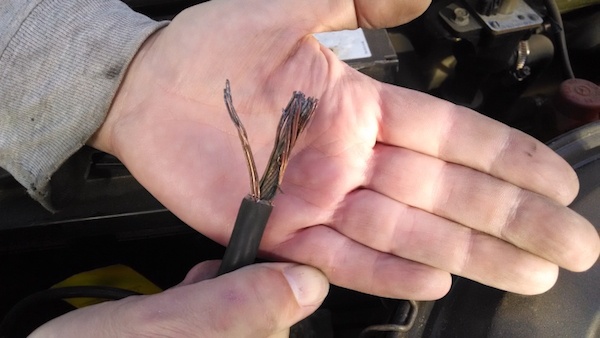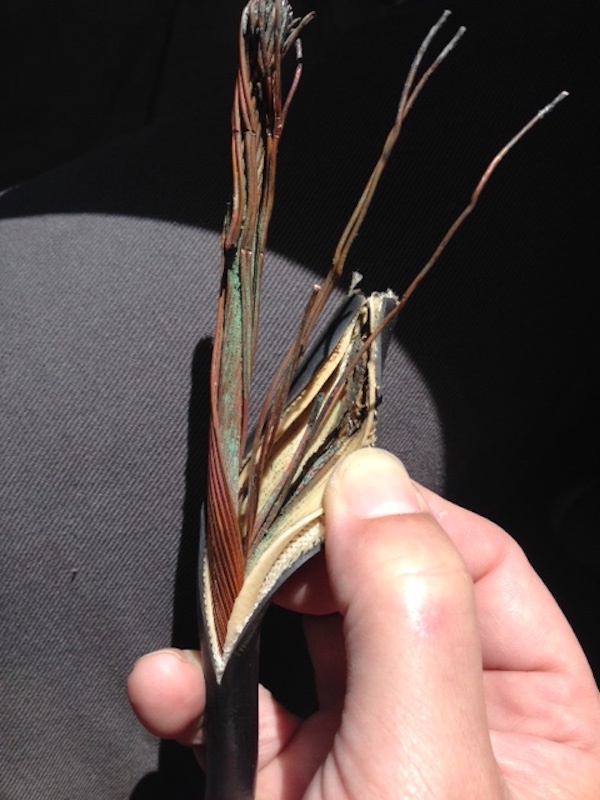Anyone who owns a car understands that typical wear parts need to be replaced - things like brakes, shocks, belts, etc. Generally these are things that move, compress, switch, twist, grab...they work hard to keep your car going or under control and it stand to reason that after enough hard work they are spent, tired, done!
What you'll discover with an older European car, as with any old car, is that with time even the least expected part can become a wear part. In other words there will be parts on your car that you can go 30 or 40 years without thinking about when one day they will stop doing their job.
One prime example came up when I was helping a friend work on his 1984 Mercedes 300D, a W123 chassis car that is now over 30 years old. I had just finished changing out the five glow plugs on his OM617a turbodiesel engine. My friend sat in the driver's seat to crank the car back to life and found that it was turning over sluggishly. He kept cranking until I shouted "Stop!"
While the engine was cranking, the positive battery cable, running from the starter to the positive battery terminal, had started smoking!
We started to investigate what could be the cause, worrying about possible major electrical failure somewhere in the wiring harness. In the end it was determined that the cable end at the terminal was overheating and melting. They decided to take a trip, in the author's 300D, to the auto parts store and picked up a new positive battery cable. After installing the new cable the car started up like new - the battery cable was at fault.
After the old cable was off the car my friend removed the cable end and quickly discovered some hints of corrosion in the stranded copper wires. You can see it below.

Looking to confirm the suspicion he cut away the insulation on the wire and found more corrosion...and more corrosion. He didn't stop until the found fresh looking copper wire, which ended up being about 6 inches down. You can see the corrosion very obviously below.

This type of corrosion in the copper strands would lead to increased electrical resistance - and in turn increased heat. This caused the cable ends to overheat and melt and nearly start a fire in his classic car!
The takeaway from this story is that on an old car just about anything can be a wear part. Whether its from corrosion, UV exposure, or just plain old age parts like cables, rubber seals, suspension bushings, and more can wear out no matter or much or how little you drive your classic. So whether you DIY or take your car to a shop diligence and an open mind are needed, sometimes along with deep pockets, when you're keeping an old Euro on the road. This author would argue that it is worth it!










